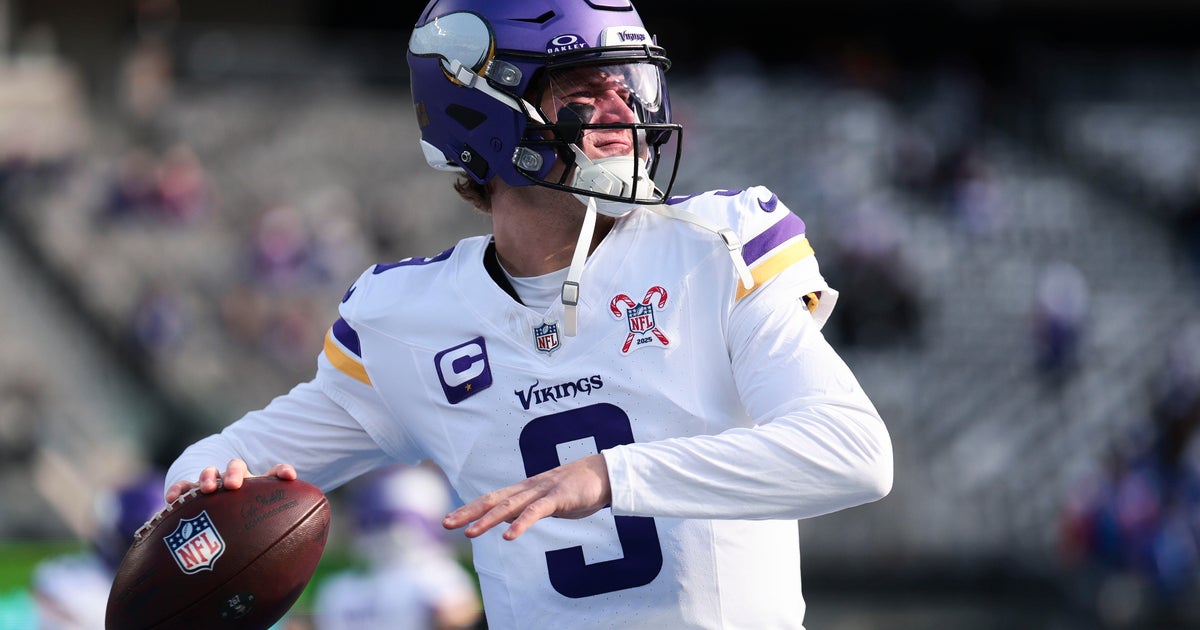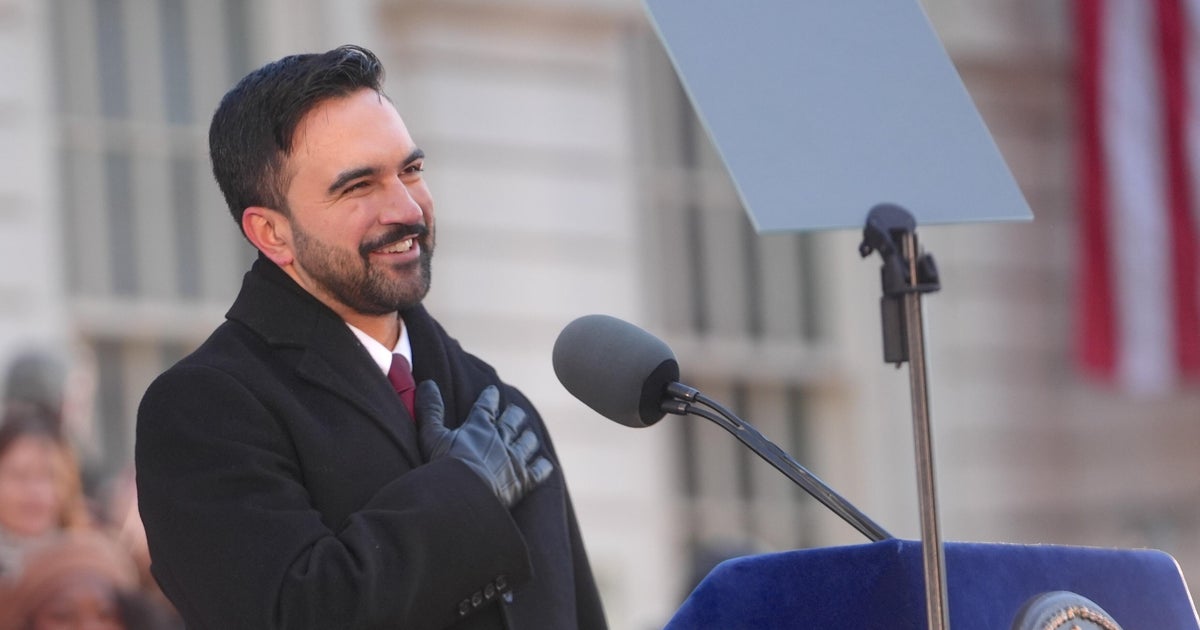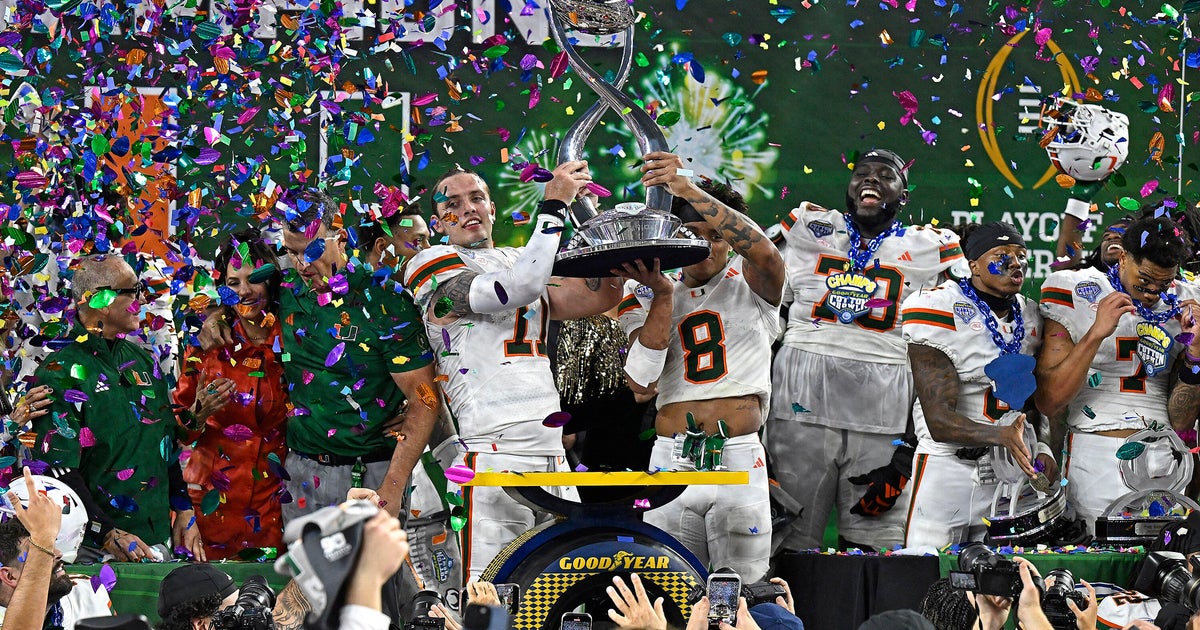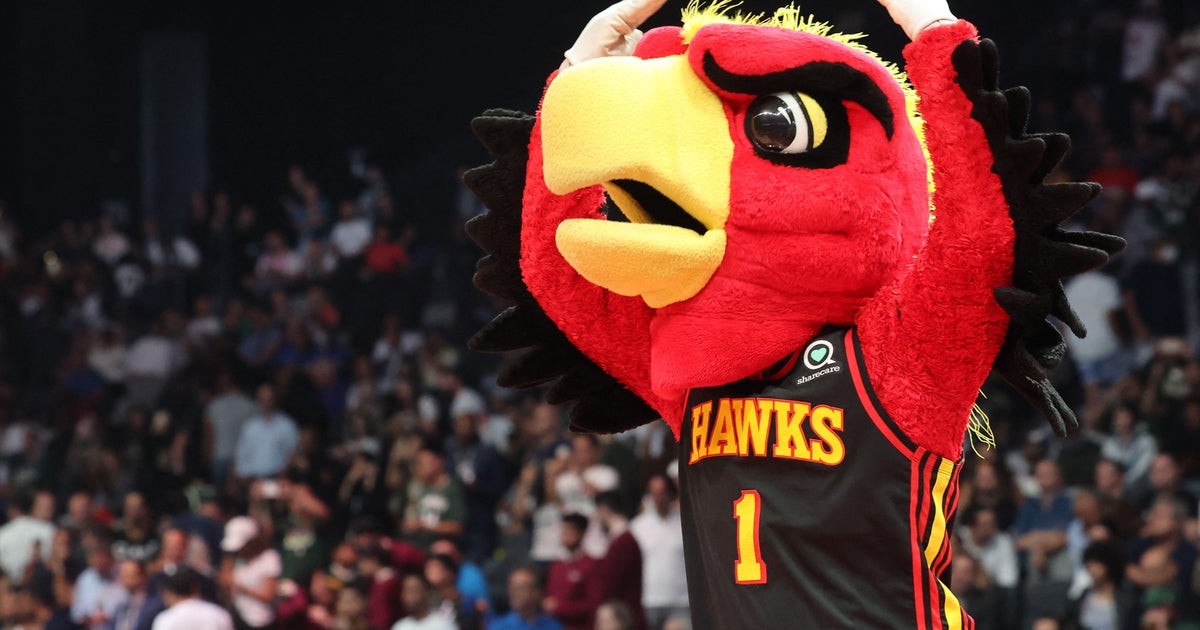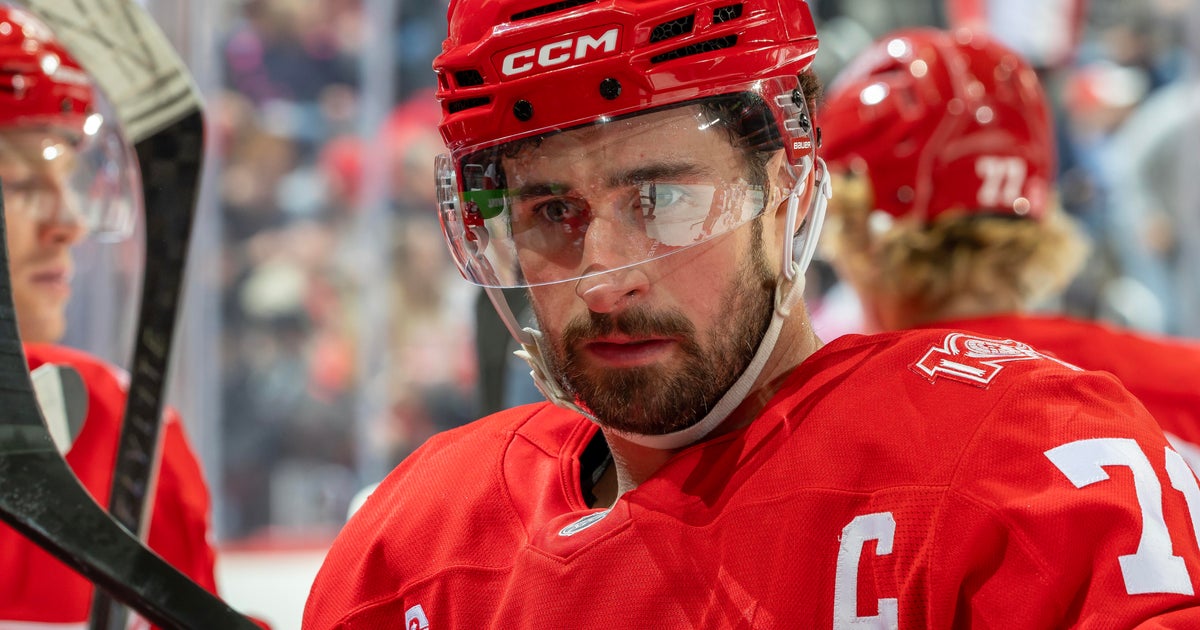Thompson: What To Make Of NFL Combine
By Brad Thompson--
The poking, prodding, measuring, weighing and timing of future NFL commodities is over. Well not quite, players still have pro days and individual workouts to showcase their talents, but the NFL Scouting Combine is finished.
It was, as usual, an amazing display of freakish athleticism. Nothing else in sports compares to the NFL's measuring stick event of future talent. Baseball, hockey and basketball have workouts, but it usually involves practicing, scrimmaging or at least participating in some sort of game situation. Quarterbacks, minus pads, throwing passes to receivers without a defense is as close as it comes to actual football during the combine.
I have to admit, every year I watch at least some of the combine. Leading up to the event I know what to expect and every year I am blown away by the speed and size of these athletes. It was the big uglies on the defensive line that dominated this year. The 2011 defensive line draft class is arguably one of the deepest ever, it's predicted that 10 to 15 defensive linemen could come off the board in the first round.
Alabama's defensive tackle Marcell Dareus was clocked at 4.94 seconds in the 40-yard dash while standing 6 feet 3 inches tall and weighing 319 pounds. The enormous size of Dareus' lower half helped him pass the "eye test" while his agility and quickness verified his top 10 draft status.
If you were following the combine at all you've probably heard by now that Oregon State defensive tackle Stephen Paea pumped out 49 bench press reps of 225 pounds. This is the most in more than 10 years. Normally the strongest players at the combine never amount to NFL studs, but Paea is a sure bet to come off the board in the second round and maybe even late in the first round.
Another player from Alabama, receiver Julio Jones, was outstanding as well. His 4.39 second 40-yard dash and combine best 11-feet-3-inches broad jump were impressive enough from a 6-foot-3-inch, 220 pound receiver, but finding out he did it all with a stress fracture in his foot that requires surgery makes it even more unbelievable.
The list of impressive athletic feats goes on and on, but how much does it matter?
Clearly, coaches and scouts need to know a player's measurables (height, weight, 40 time, vertical jump, etc.), but don't scouts and coaches already know the size and ability of these players? With a few exceptions, the coaches know who the fastest players are before the combine.
After the combine, most players participate in pro days and other workouts for scouts. I know that depending on the position, pro days and combine workouts can make a huge difference. For quarterbacks like Cam Newton or Blaine Gabbert, who both come from spread offenses, demonstrating proper throwing motions and drop back technique from under center are crucial, but what about defensive lineman or linebackers? How much can a coach evaluate a defensive tackle during combine workouts? Doesn't game film mean more? Shedding blocks and tackling ball carriers is how a defensive lineman earns his living and that doesn't happen at the combine.
I'm not trying to down play how valuable the opportunity is for NFL coaches to meet and observe in person the best prospects on a level playing field all at one time. What I am still trying to figure out is if this athletic circus of soon to be NFL millionaires is as important as everyone makes it out to be.
One aspect I do consider critical at the combine is the player interviews. Don't underestimate the significance of a player's first impression on a coaching staff. We don't hear much about how players did during interviews because it's hard to quantify, but it definitely matters. When a player slips on draft day or is taken substantially lower than analysts expected, it might mean a player performed poorly during interviews or has character issues.
The people that benefit the most from the combine are draft experts. It's a tremendous tool for analysts to use when predicting their mock drafts. It's easy for commentators to justify saying a player has this time and this leaping ability so he should be drafted here. Combine numbers also give fans something to hang their hats on when justifying their team's picks.
I understand that measurables are a necessity. Size and speed aren't teachable. It's easier to take a chance on a player with blistering speed or incredible raw talent because of his potential. And with millions of dollars at stake it's easy to see why every possible factor should be taken into account when evaluating a player. I'm just not sure it's as important as we are led to believe. How much really changed from what we already knew about these players? For me watching these freakish athletes is more entertaining than informative.
Do you agree with Brad? Post your comments below.
Brad M. Thompson, a former college football player and coach, made his return to the Midwest in 2009 after fighting wildfires out West. He earned his master's degree from the Medill School of Journalism at Northwestern University and covers the Big Ten Conference and Chicago sports. Follow him on Twitter at @Brad_M_Thompson. Find more of Brad's blogs here.

